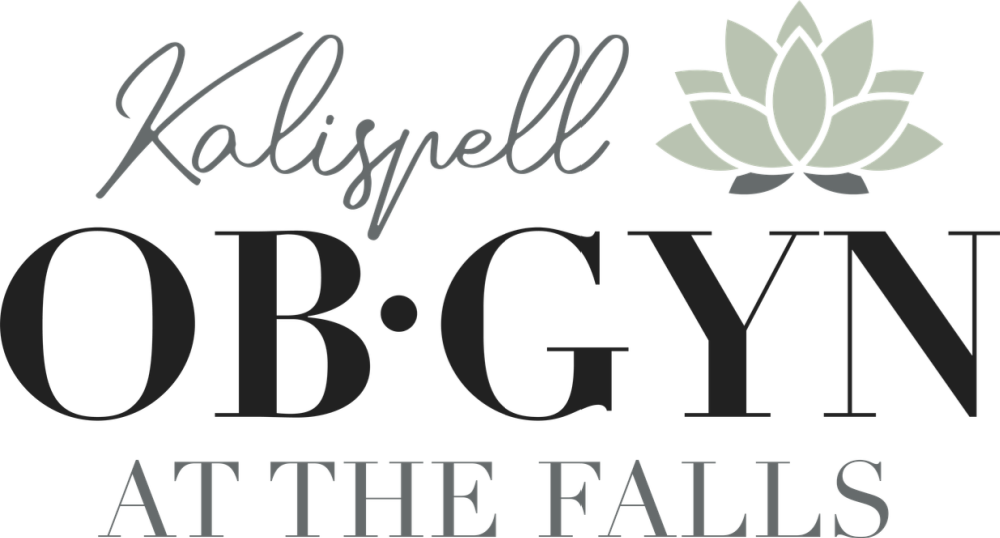Osteoporosis

by Kimberley Forthofer, ARNP |Kalispell OB/GYN
Osteoporosis literally means porous bones. Following menopause, women are at increased risk for development of osteoporosis due to the sharp decline in estrogen levels during this transition. One in two women over the age of 50 will break a bone due to decreased bone density or osteoporosis. There are varied risk factors for osteoporosis. Women should understand their individual risks, talk to their practitioners about when screening is right for them, and learn about prevention and if needed, treatment of osteoporosis.
Risk Factors
Caucasian women have about a 20% risk of developing osteoporosis whereas Black women have about a 5% risk. Women who start with lower bone density, such as petite women or those who have gone prolonged periods without menstruating, are at greater risk for development of osteoporosis. Typically, after age 30 women are no longer building bone density but begin the gradual loss of bone density. Women between the ages of 20 and 80 lose about one-third of their bone density during this time. Having a family history of osteoporosis also increases risk. Smoking and excessive alcohol intake increase a woman’s risk of fracture and once an osteoporotic fracture occurs, women are at increased risk for additional fractures.
Screening
Current guidelines recommend starting screening at age 65 unless risk factors exist. If a woman has one or more risk factors, screening can be obtained prior to age 65. All women who are post-menopausal who have suffered a fracture should begin screening. Screening is most typically done with low radiation dual energy x-ray absorptiometry (DXA). Diagnosis is based on what is known as a T-score. A T-score of -2.5 is indicative of osteoporosis.
Treatment
Calcium and vitamin D are always recommended in the treatment of osteoporosis. Adequate dietary calcium is preferred, but supplementation may be required if women cannot obtain enough calcium from their diet. The current recommended dosage is 1,200 mg of calcium and 400-1000 IU of vitamin D a day. Weight bearing exercise also helps to improve bone density and daily exercise is recommended. Unfortunately, biking and swimming do not fall into this category but various other forms of exercise do, including weight training and tai chi, which have additional benefits of improving balance.
Medications may also be recommended. Therapy may range from a daily oral pill to once yearly intravenous medication. Hormone therapy with estrogen may be an effective and safe option for women who are also experiencing menopausal symptoms. Vaginal estrogen preparations are not absorbed well enough to benefit bone health; however, other preparations of estrogen such as patches may be an effective option.
Women who are post-menopausal, whether through surgical removal of the ovaries or the natural process of menopause, lose bone density at an accelerated rate for a period of approximately 5 to 8 years. Nearly half of all Caucasian women 50 or older have low bone density without a diagnosis of osteoporosis.
Taking steps to prevent bone density loss by assuring adequate calcium and vitamin D intake, along with weight bearing exercise, helps maintain bone health.
After menopause, women need to talk with their practitioners and discuss their personal and family history to determine when to start screening for osteoporosis. Taking steps to prevent bone density loss by assuring adequate calcium and vitamin D intake, along with weight bearing exercise, helps maintain bone health. Exercise also has the added benefit of fall prevention and reduces the risk of osteoporotic fractures.
